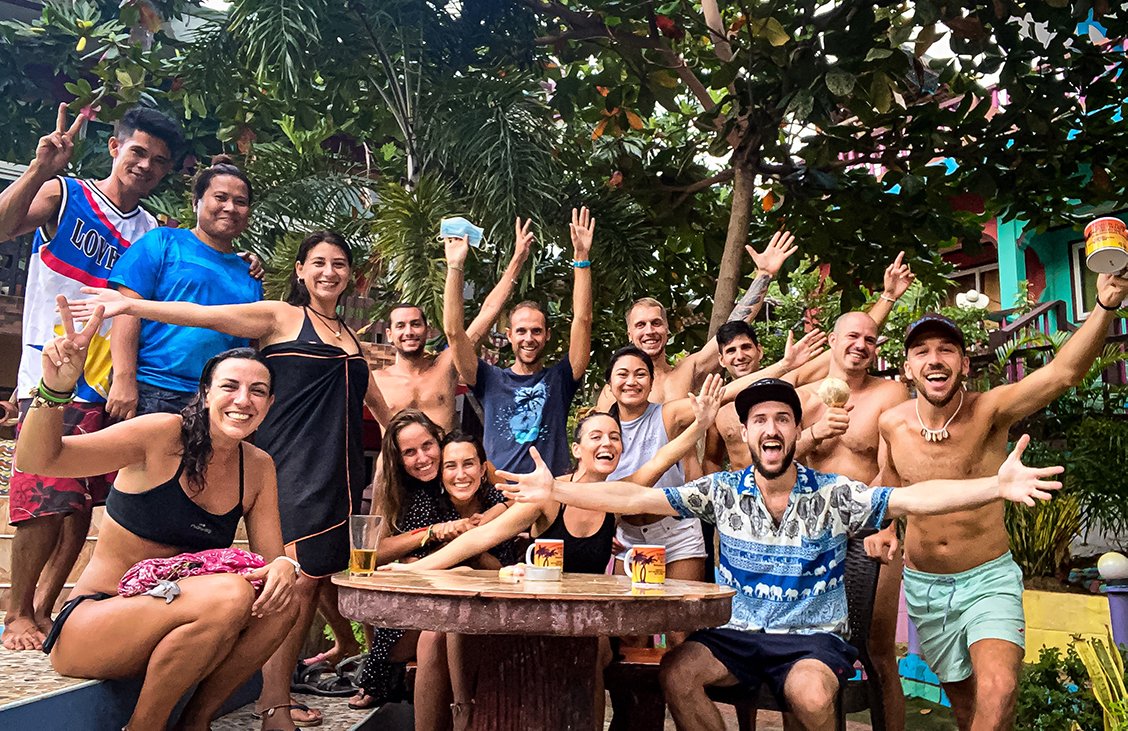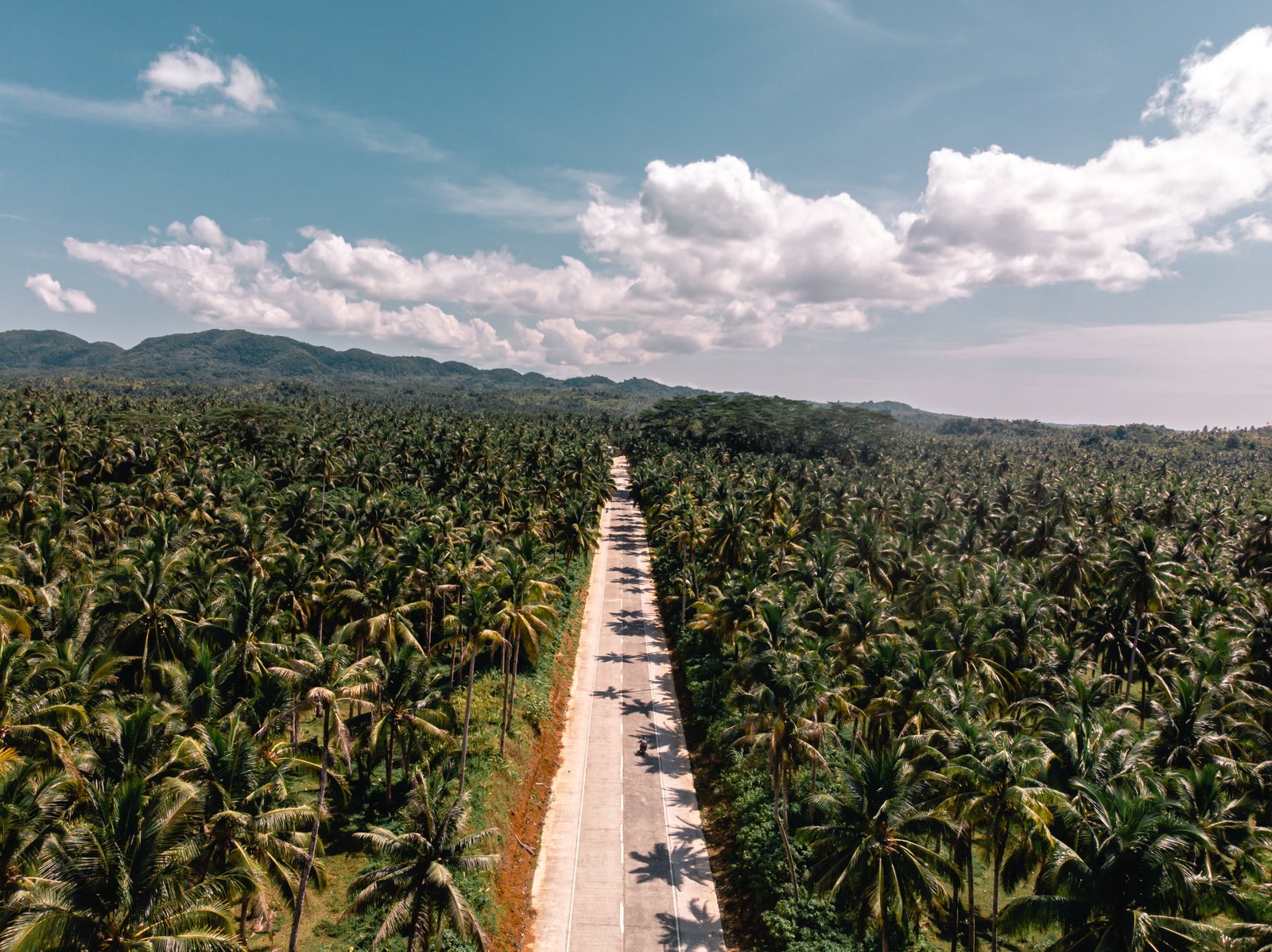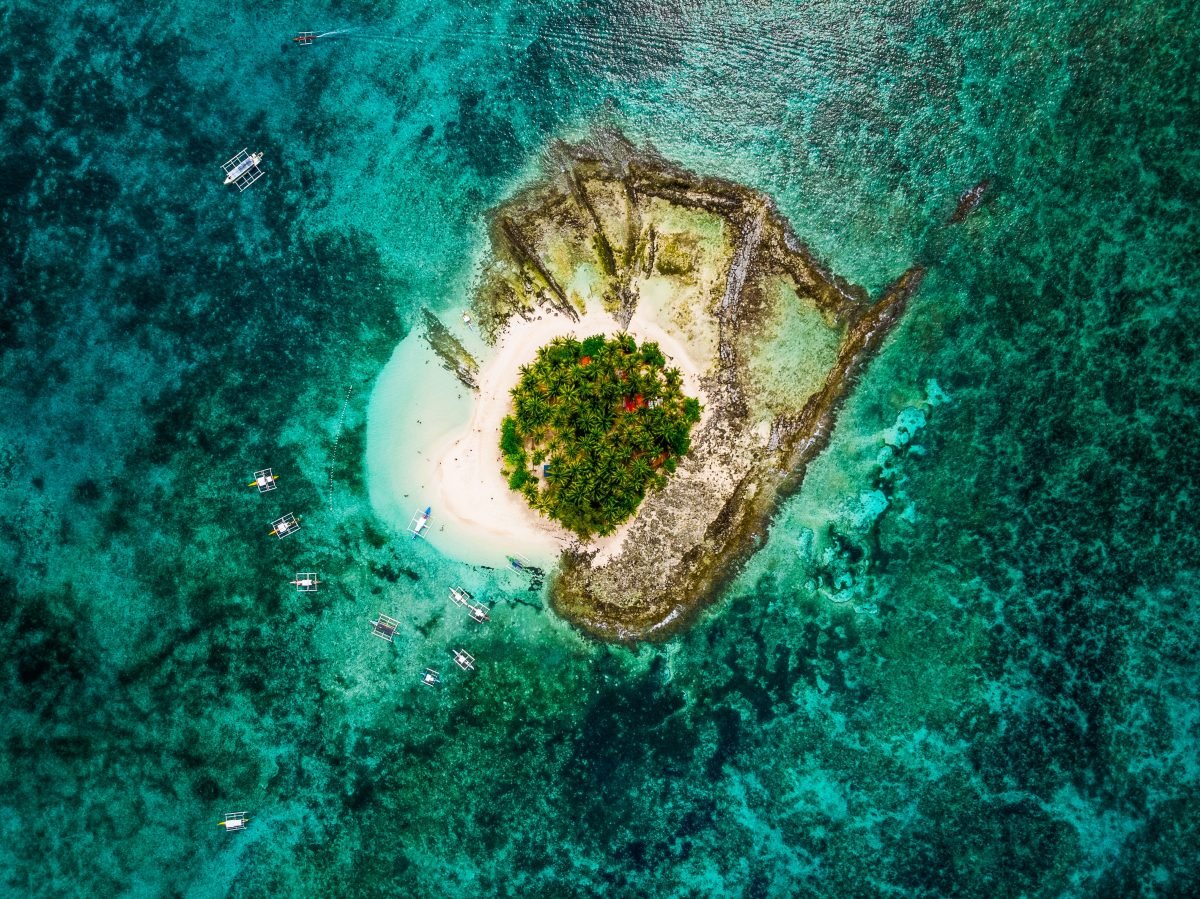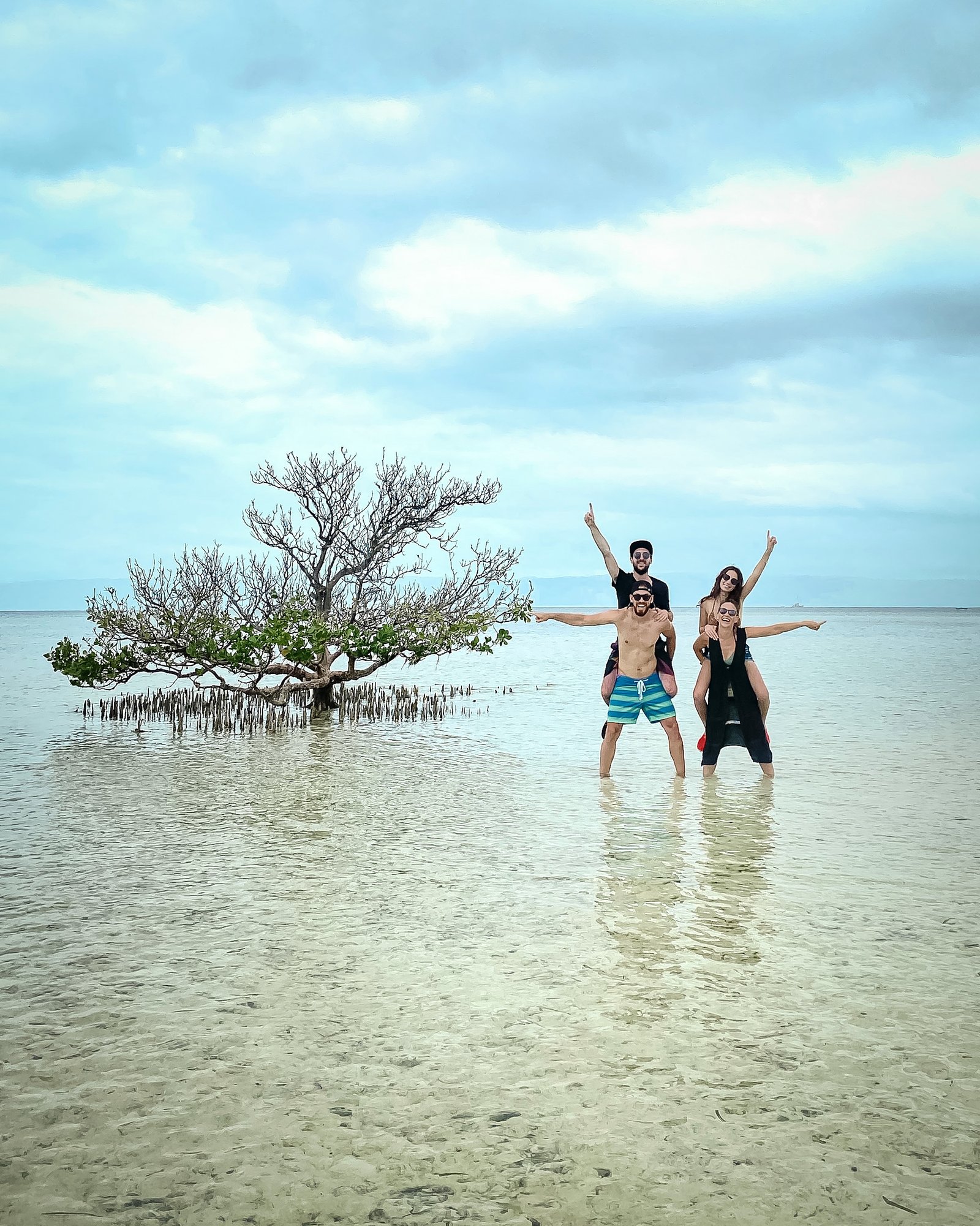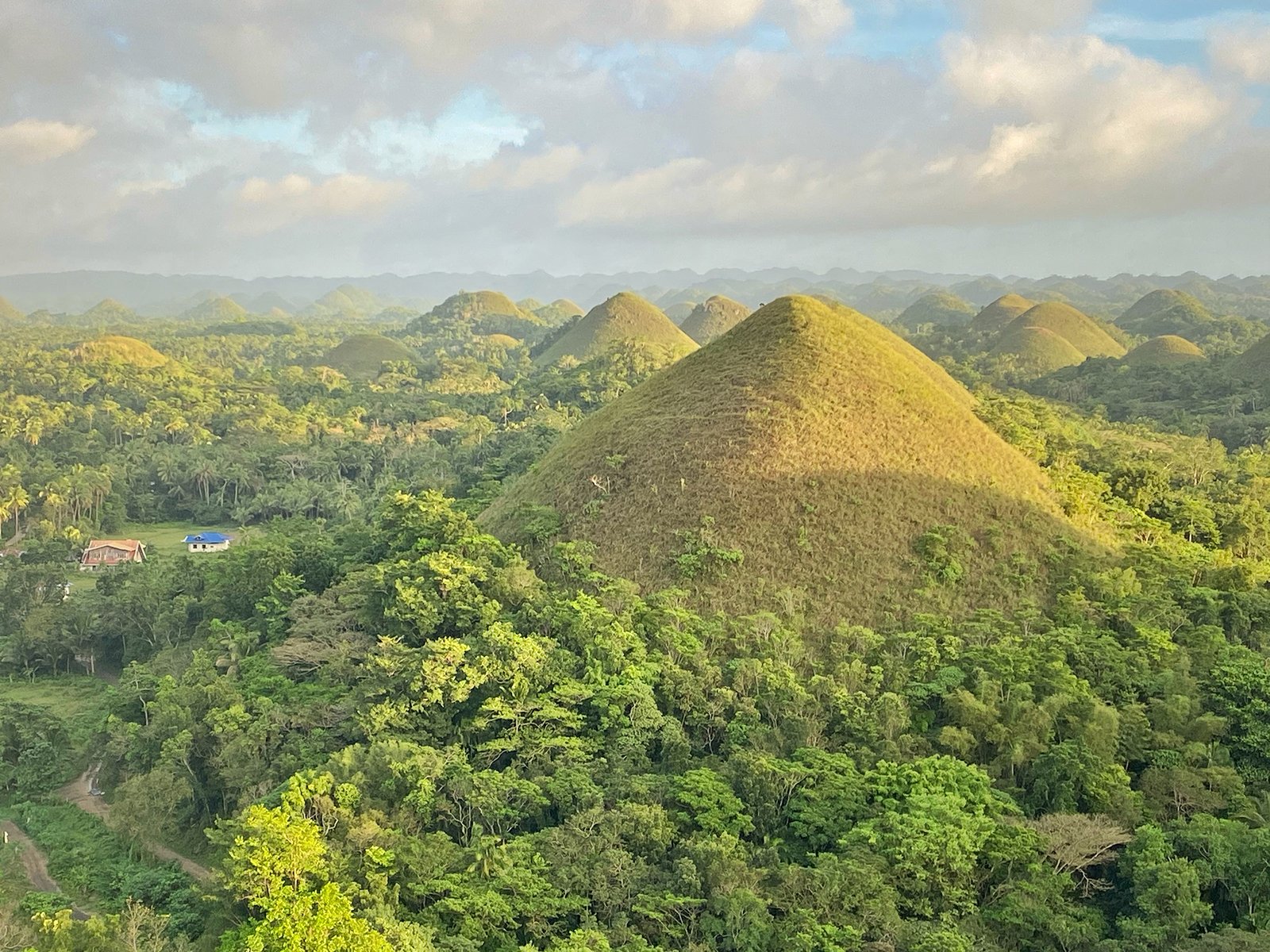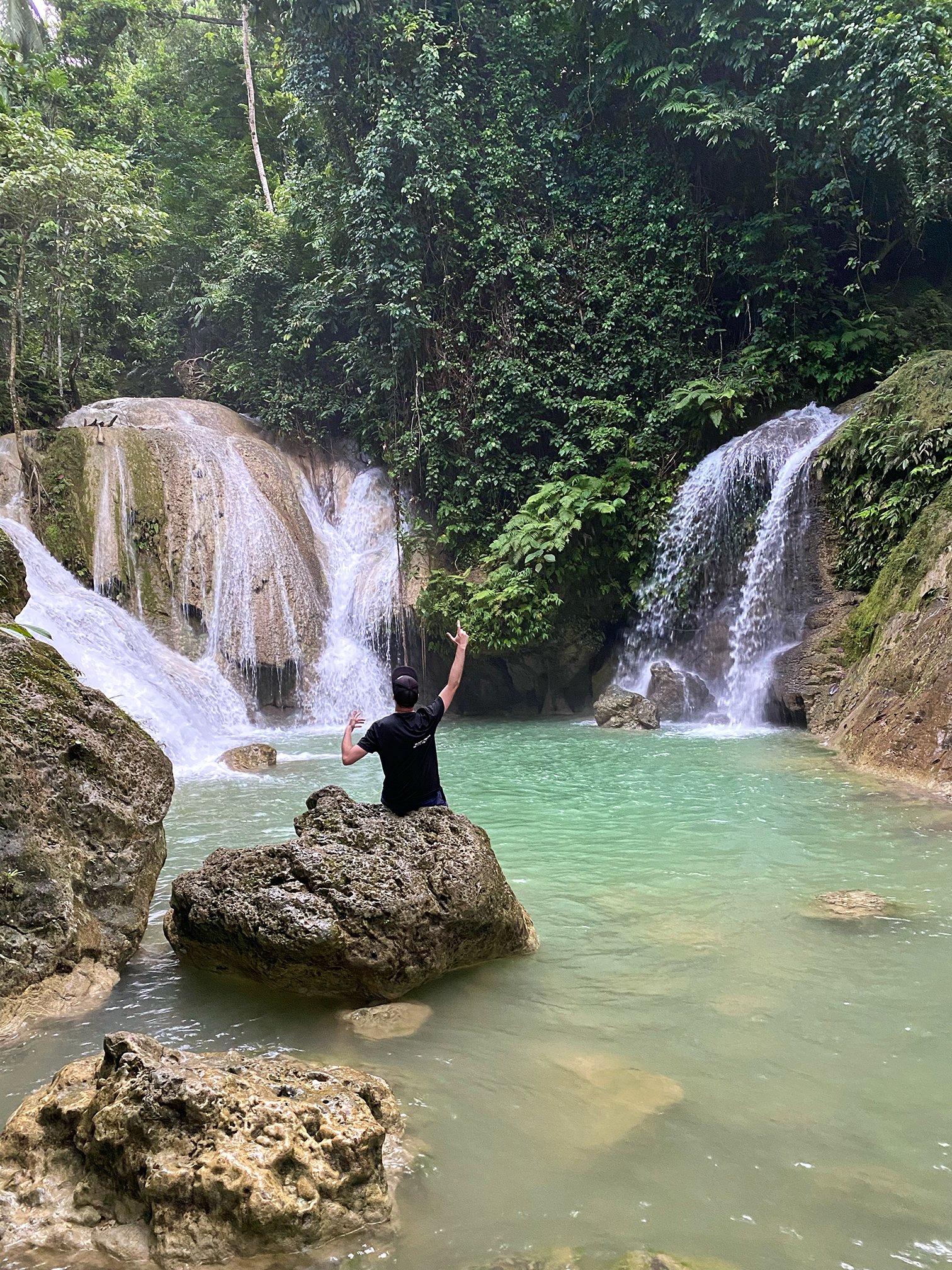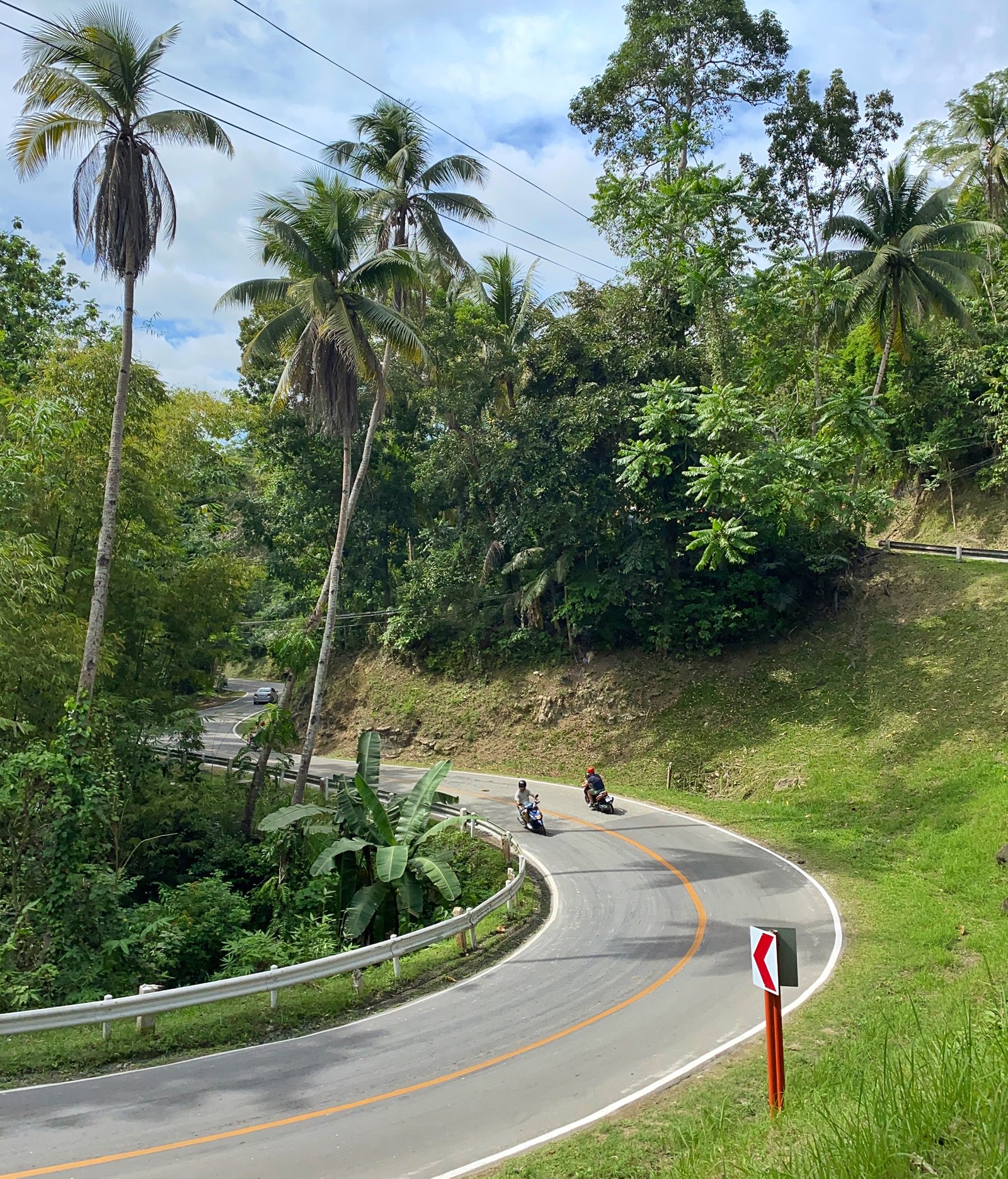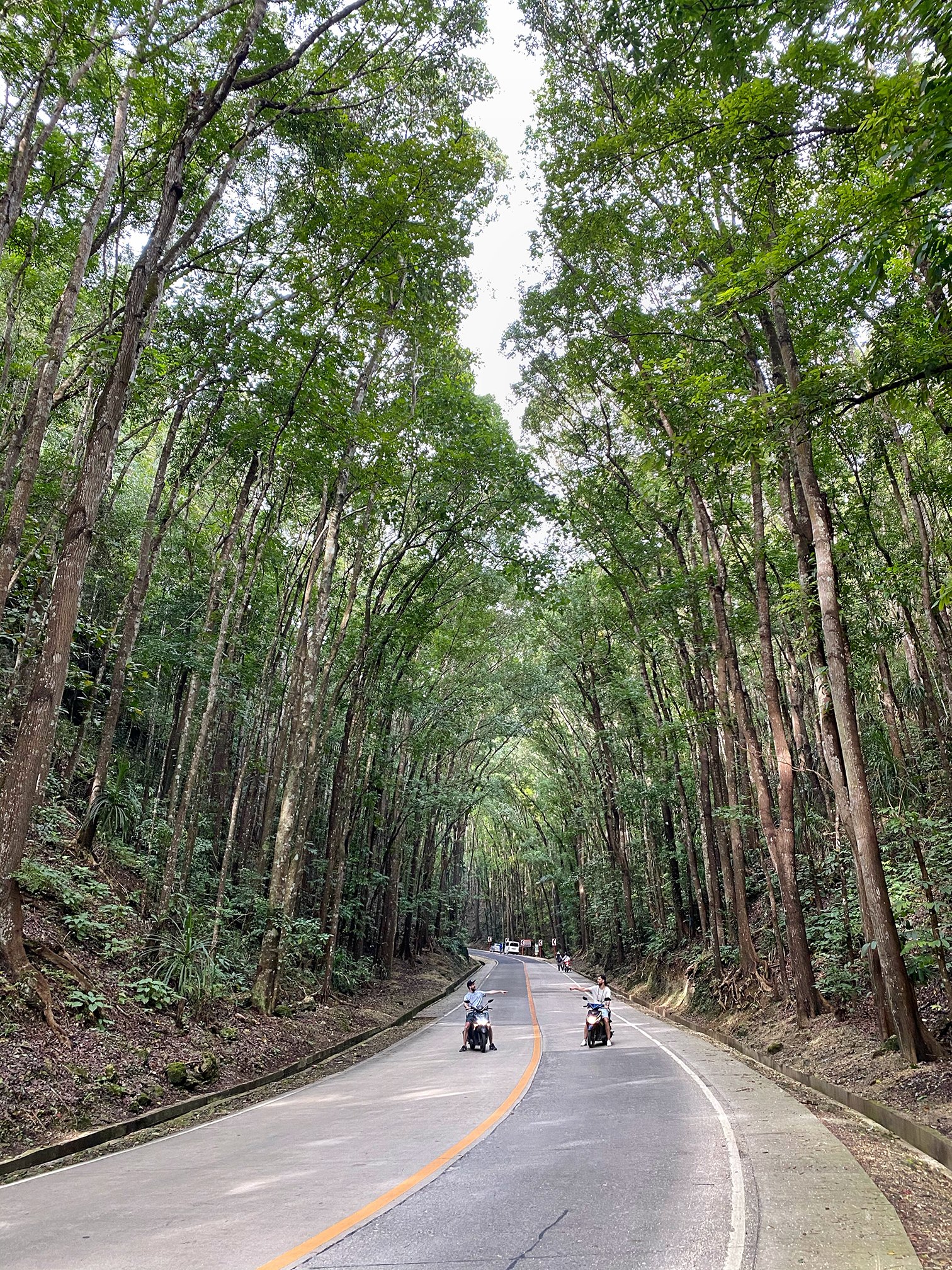Just Go Happy Blogs
Local Culture and Experience for Young Adult in the Philippines: Your Ultimate Guide
Local Culture and Experiences for Young Adults in the Philippines
Local culture and experiences for young adults in the Philippines offer adventures that go way beyond typical tourist activities. The archipelago's 7,641 islands hold countless stories, traditions, and authentic moments waiting for travelers who want more than Instagram-worthy photos.
Young travelers today crave genuine connections with local communities. They want to understand how people live, work, and celebrate in different parts of the world. The Philippines delivers these meaningful experiences through its rich cultural heritage, warm hospitality, and diverse regional traditions.
Authentic Filipino Food Adventures
Street food culture serves as the perfect entry point into Filipino society. Local markets buzz with activity from dawn until late evening, offering young travelers a chance to experience daily life alongside locals. Vendors prepare fresh lumpia, grilled fish balls, and balut right before your eyes. These food adventures cost less than fancy restaurant meals while providing more authentic flavors.
Regional specialties tell unique stories about each area's history and influences. Bicol province's spicy dishes reflect the region's love for chili peppers and coconut milk. Meanwhile, northern Luzon's mountain communities prepare hearty stews that fuel hard-working farmers. Each meal becomes a cultural lesson wrapped in delicious local ingredients.
Food tours led by locals reveal hidden gems that guidebooks never mention. Small family-owned eateries serve recipes passed down through generations. These places often lack fancy decorations but overflow with character and incredible flavors. Young travelers discover that the best meals happen in the most unexpected locations.
Immersive Community Experiences
Barangay festivals showcase the heart of Filipino community spirit. These neighborhood celebrations happen throughout the year, featuring live music, traditional dances, and lots of food sharing. Young visitors often find themselves invited to join the festivities, learning folk dances or helping with preparations.
Local artisans welcome curious travelers into their workshops. Pottery makers in Vigan demonstrate centuries-old techniques while weaving masters in the Cordilleras share their intricate patterns. These hands-on experiences teach traditional skills while supporting local craftspeople who keep these arts alive.
Volunteer opportunities connect young travelers with meaningful community projects. Beach cleanups, school painting projects, and mangrove planting initiatives let visitors give back while learning about local environmental challenges. These activities create lasting friendships with Filipino youth who share similar values about protecting their homeland.
Traditional Arts and Local Culture
Music flows through Filipino culture like blood through veins. Every region has its own folk songs, instruments, and performance styles. Young travelers can learn to play the kulintang gongs in Mindanao or join impromptu singing sessions called videoke parties. These musical moments break down cultural barriers instantly.
Traditional weaving remains alive in many Philippine communities. T'nalak cloth from T'boli weavers carries spiritual significance in every thread. Young travelers can observe master weavers at work while learning about the cultural meanings behind different patterns and colors. Some communities offer basic weaving lessons for visitors who want hands-on experience.
Ancient festivals blend pre-colonial traditions with Catholic influences. The Ati-Atihan festival in Aklan shows how indigenous and Spanish cultures merged over centuries. Sinulog in Cebu combines Christian devotion with colorful street dancing. These celebrations offer young travelers glimpses into how Filipinos adapted foreign influences while keeping their cultural identity strong.
Adventure Activities with Cultural Depth
Island hopping takes on new meaning when local boat operators share stories about each destination. Former fishermen turned tour guides know which reefs hold the best marine life and which beaches served as hiding spots during World War II. These personal narratives transform simple boat rides into history lessons.
Mountain trekking with indigenous guides reveals traditional plant knowledge and survival techniques. Ifugao guides in Banaue explain how their ancestors built the famous rice terraces without modern tools. These treks combine physical challenges with cultural education, creating memorable adventures that stimulate both body and mind.
Cave exploration often connects to local legends and spiritual beliefs. Underground rivers in Palawan hold special significance for local communities who consider certain caves sacred spaces. Responsible tour operators ensure visitors understand and respect these cultural connections while enjoying the natural beauty.
Language Learning Through Daily Interactions
Tagalog phrases learned in markets and jeepneys stick better than classroom lessons. Young travelers quickly pick up essential words like "salamat" (thank you) and "kumusta" (how are you) through daily interactions. Locals appreciate even basic attempts at their language, often responding with extra warmth and patience.
Regional dialects add complexity to the linguistic landscape. Cebuano dominates the central Philippines while Ilocano prevails in northern Luzon. Young travelers who venture beyond Manila discover that language diversity reflects the country's rich cultural variety. Each region takes pride in its local tongue and customs.
Code-switching between English and Filipino creates a unique communication style called Taglish. Young Filipino professionals seamlessly blend both languages in casual conversations. International visitors often find this linguistic flexibility fascinating, especially when they start incorporating Filipino words into their own English sentences.
Modern Filipino Youth Culture
Coffee shop culture in Filipino cities rivals anywhere in the world. Local chains like Bo's Coffee and independent roasters create spaces where young Filipinos study, socialize, and conduct business meetings. These venues showcase how traditional hospitality adapts to modern lifestyles while maintaining that signature Filipino warmth.
Gaming cafes and internet shops serve as social hubs for Filipino youth. Multiplayer games bring strangers together while creating temporary communities around shared interests. Young travelers who join these gaming sessions often form friendships that extend beyond the digital world.
University campuses buzz with student organizations focused on everything from environmental protection to cultural preservation. Exchange programs and international student communities make it easy for young travelers to connect with like-minded Filipino peers who speak excellent English and share global perspectives.
Religious and Spiritual Experiences
Catholic traditions dominate most Filipino celebrations, but pre-colonial beliefs still influence daily life. Holy Week processions draw entire communities together in solemn remembrance. Young travelers can observe these powerful displays of faith while learning how Christianity became deeply rooted in Filipino culture.
Indigenous spiritual practices survive in mountain communities and tribal areas. Shamanic healers called babaylan still serve their communities using traditional plant medicines and ancient rituals. Respectful visitors can learn about these practices while understanding their importance to cultural preservation.
Meditation and spiritual retreats combine Filipino hospitality with peaceful settings. Mountain monasteries and seaside retreat centers welcome guests seeking quiet reflection. These spaces offer young travelers chances to slow down and process their cultural experiences in peaceful environments.
Sustainable Tourism Practices
Community-based tourism initiatives let young travelers stay with local families while supporting rural economies. Homestay programs in places like Siquijor and Siargao provide authentic cultural exchanges while ensuring tourism benefits reach local communities directly. These experiences often become the most meaningful parts of any Philippine adventure.
Environmental conservation projects offer hands-on learning opportunities about local ecosystem challenges. Turtle nesting sites need volunteer monitors while coral restoration projects welcome enthusiastic helpers. Young travelers can contribute to important conservation work while learning about marine biodiversity from local experts.
Cultural preservation efforts need young voices and energy. Traditional music and dance groups welcome international participants who want to learn and perform authentic Filipino arts. These cultural exchanges help keep traditions alive while building bridges between different cultures.
Local culture and experiences for young adults in the Philippines create connections that last long after return flights depart. The memories formed through authentic cultural exchanges, meaningful community involvement, and genuine friendships with Filipino people transform simple vacations into life-changing adventures. Young travelers who embrace these cultural experiences return home with broader perspectives, deeper appreciation for cultural diversity, and often, plans to return to their adopted Philippine home.

